Bright and early again, we arrived at Colegio San Jose to do lab work. Our committed partners in crime were already there waiting for the fun to start. With their help we transported the cores safely from Juma’s office to the lab.
We had one ambitious aim: to take a sample every 1 cm of the most relevant cores to take them to Europe. The most relevant cores were in total 13.18 meters of sediment, which meant we had 1318 small plastic bags to label and fill with pieces of mud. We only had Friday to do this, so pressure was on!
Luckily we had an army of keen San Jose students: including Andrea, Camila, Javier, Leo and Camilo, who had joined during the fieldwork and were already hooked with the mangrove research. Leidy and Majo, two other 10-grade students, and Oriana, their Biology teacher, also came to help out.
Stroopwafels entered the lab scene to spice up a long day of work. They provided the energy needed to keep labelling bags, opening them, scooping up a piece of mud, closing bags, piercing them, and organising the bags onto a zip-tight bundle… again, again, and again… a total of 1318 times!
And by 7:00 pm we had managed!!! Doesn't look like much but there are over 1300 sample bags in the picture
After cleaning the lab benches we headed to a local restaurant to celebrate a successful and rewarding week. We also wanted a moment to say good-bye to the amazing people we met during our week in Barranquilla. Work left aside, we felt like we were saying good-bye to a group of good friends. These last few days we shared some beautiful moments and this whole experience really brought us together as a group.
A big THANK YOU to all who worked with us was in order. Thanks to Andrea, Camila, Javier, Leo, Camilo, Leidy, Majo, Alex, Gabo, Mauricio, Oriana, Yolys, Jose, Chino and Juma for all your help in the field and lab. It has been such a pleasure to work together and to get to know you! Your hard work, determination and eagerness to learn have really amazed us. But above all, it has been great to get to know such warm, kind and caring people!
And then a great week really came to an end. We will be returning to Europe with all our equipment, 1318 bags of samples, still a bit of mud behind ears, but above all, with great memories and new friendships. Thank you all and we hope to see you again very soon!!
And thanks for reading : )
And thanks for reading : )
Fruit of the day: Granadilla
We couldn’t say goodbye to the Colombian fruits quite yet, so we decided to bring some onto the plane... This one is from the passion fruit family. Not really used for juices, but just eaten out of its hard shell and enjoyed!

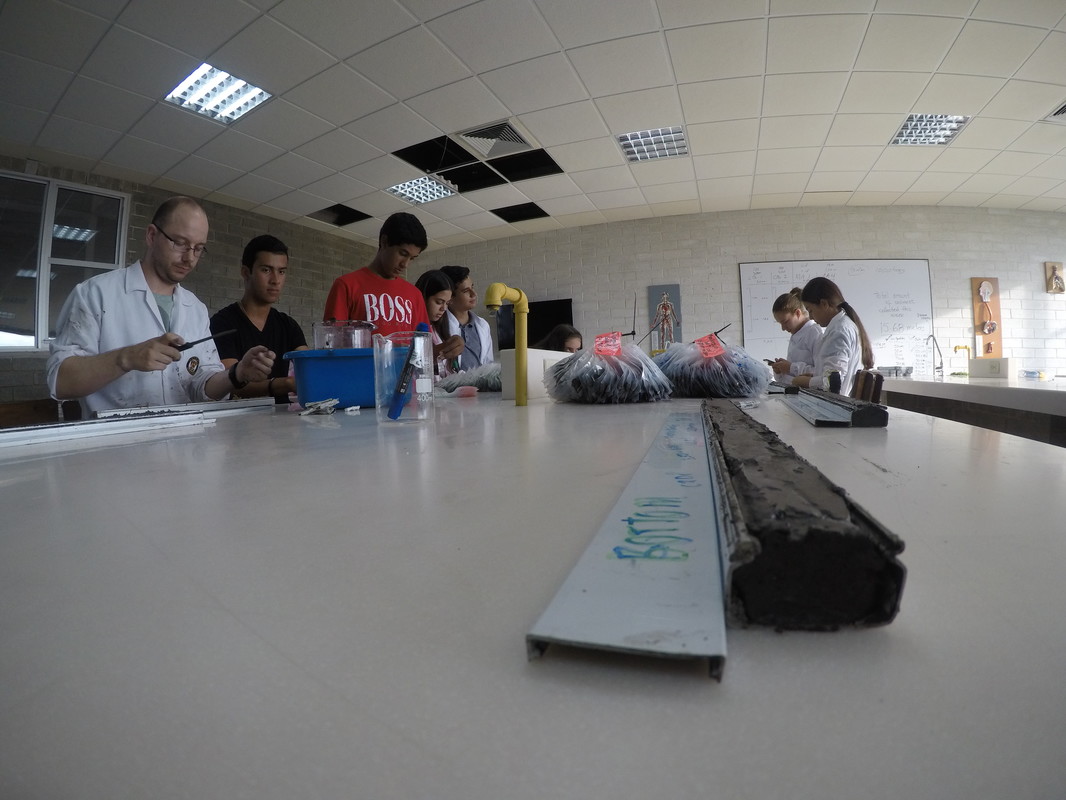
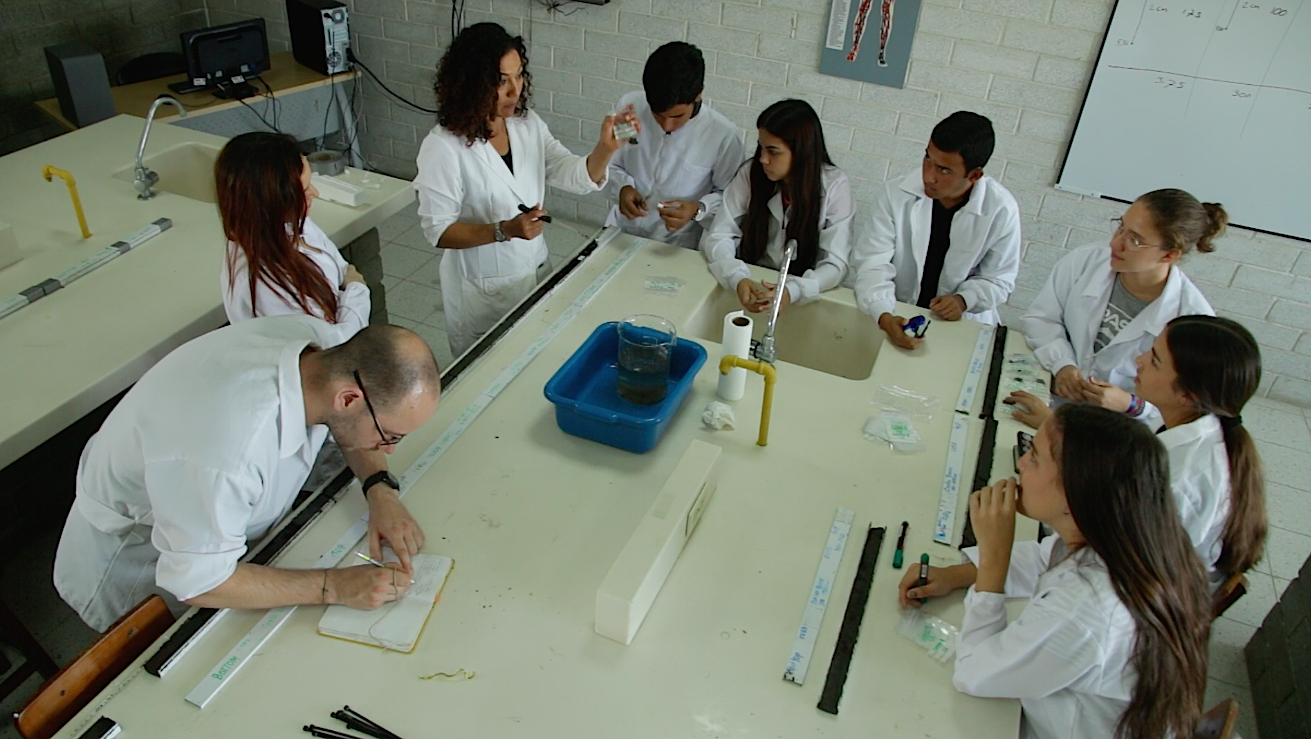
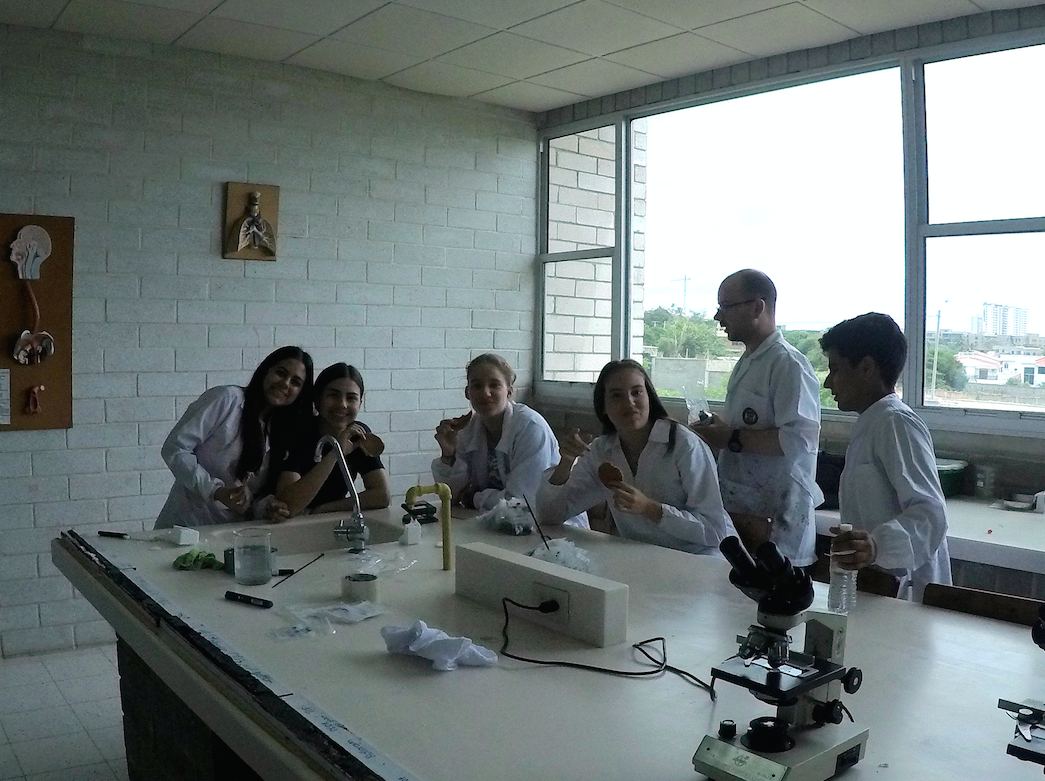

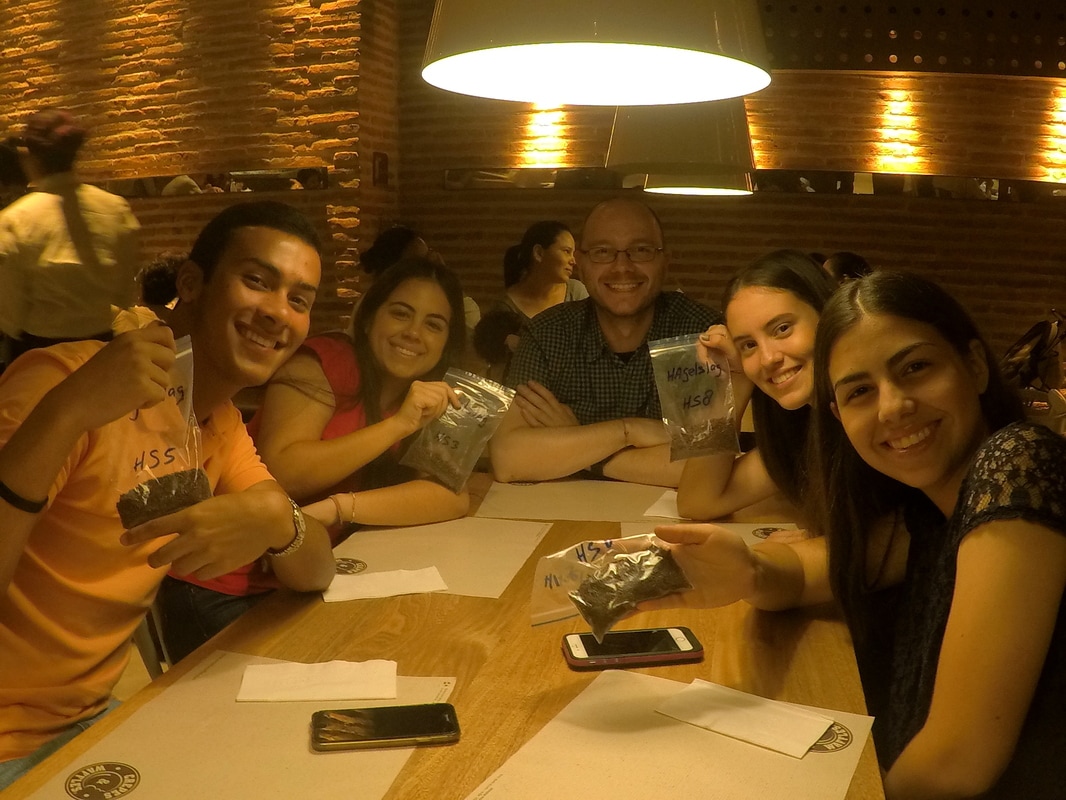
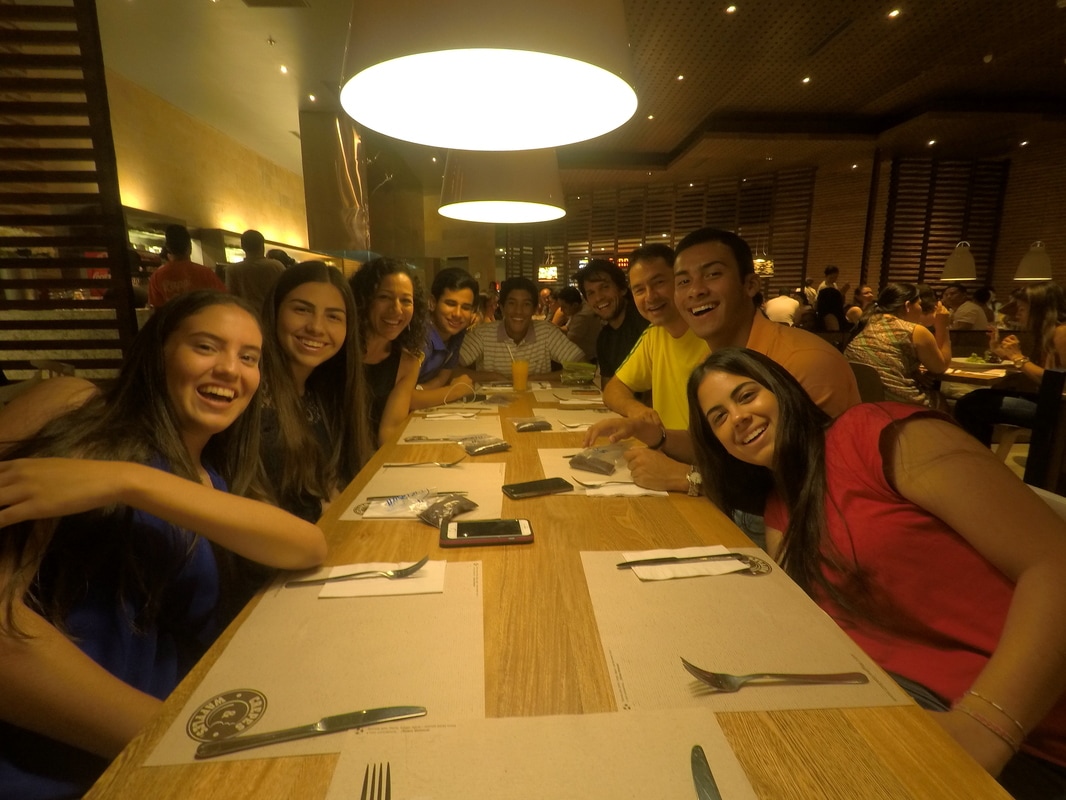
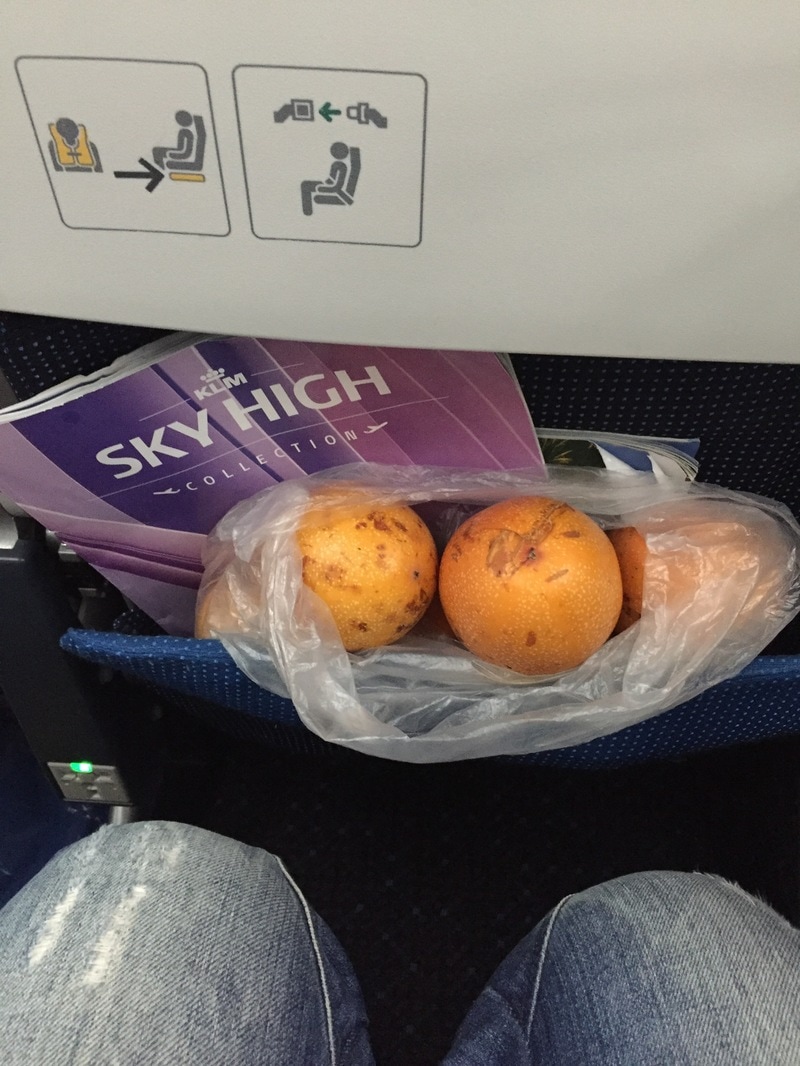
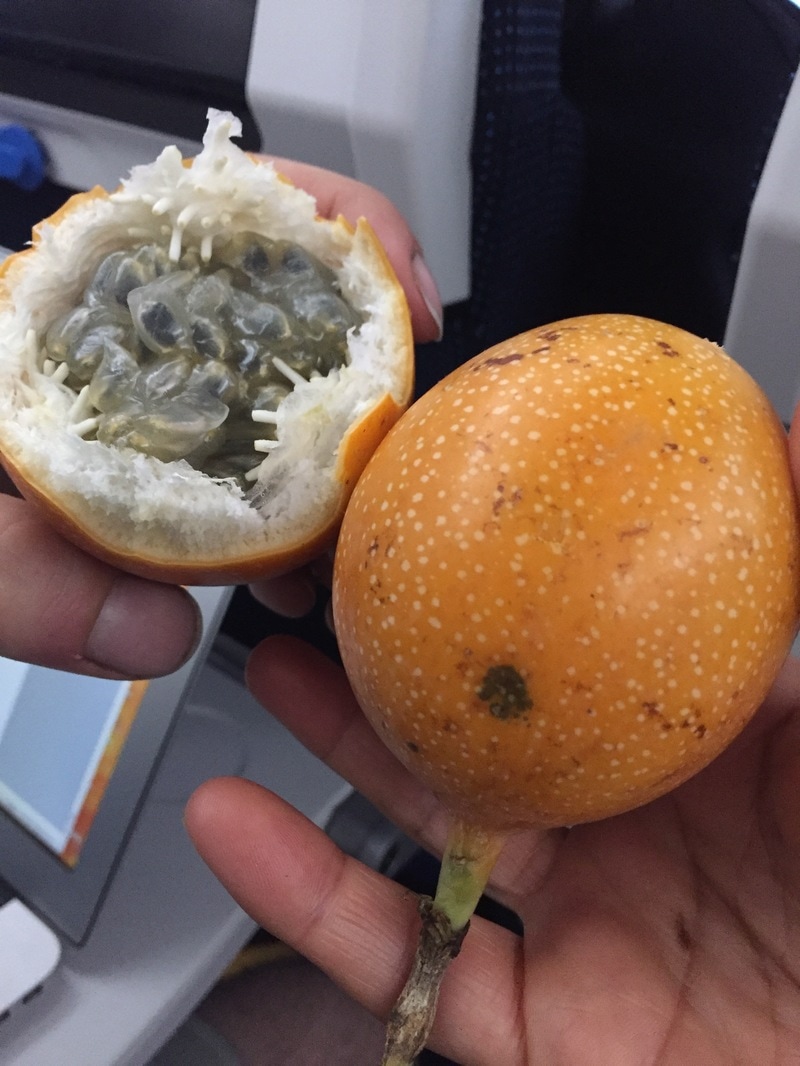
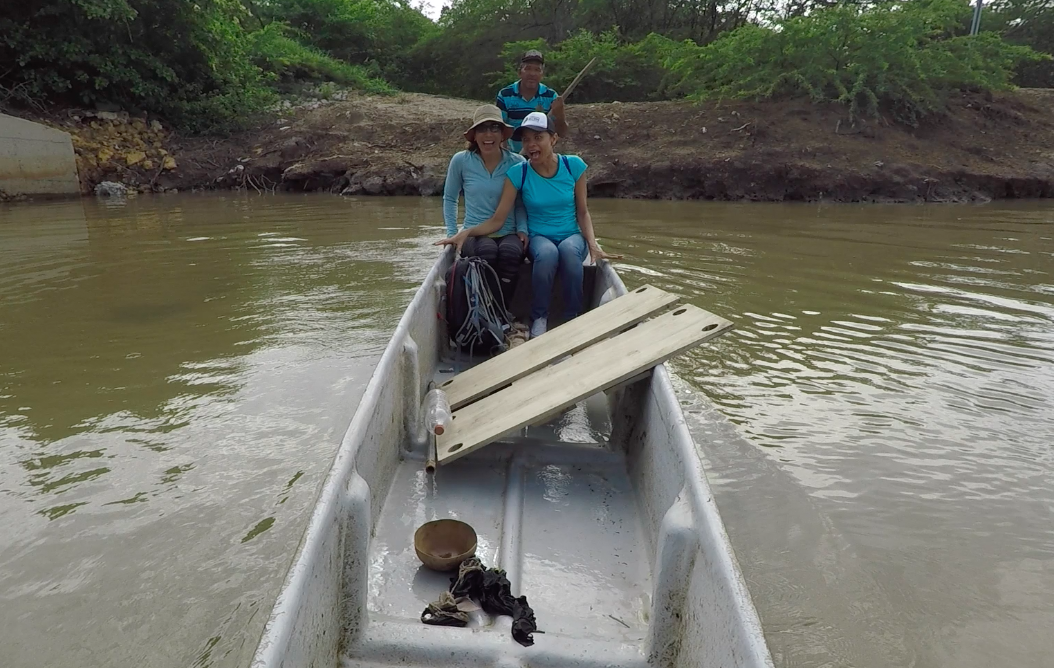
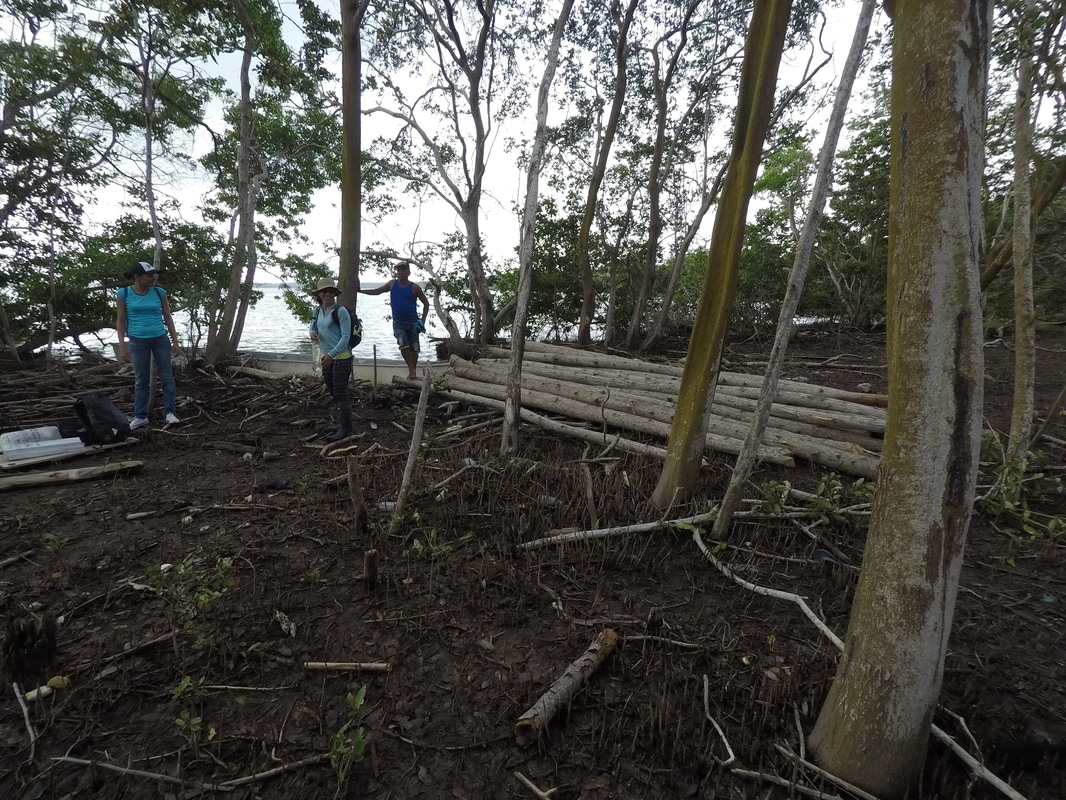
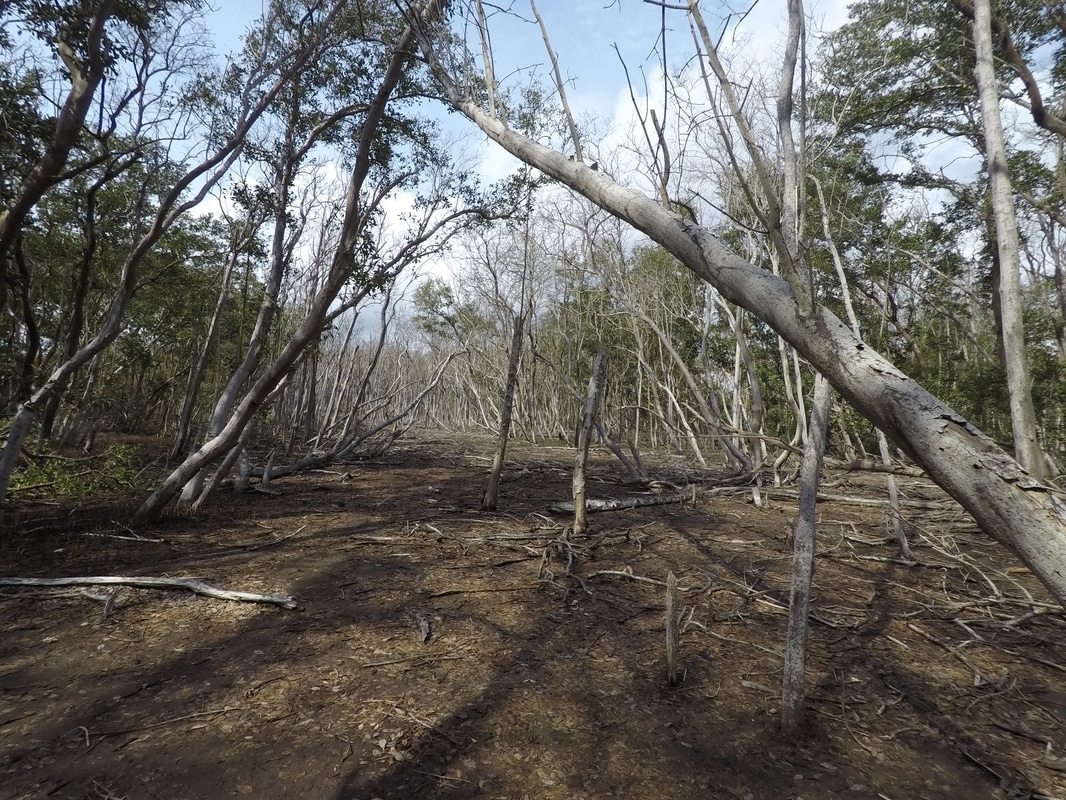
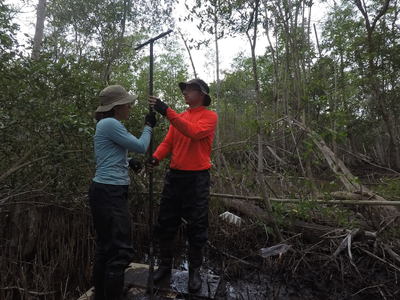

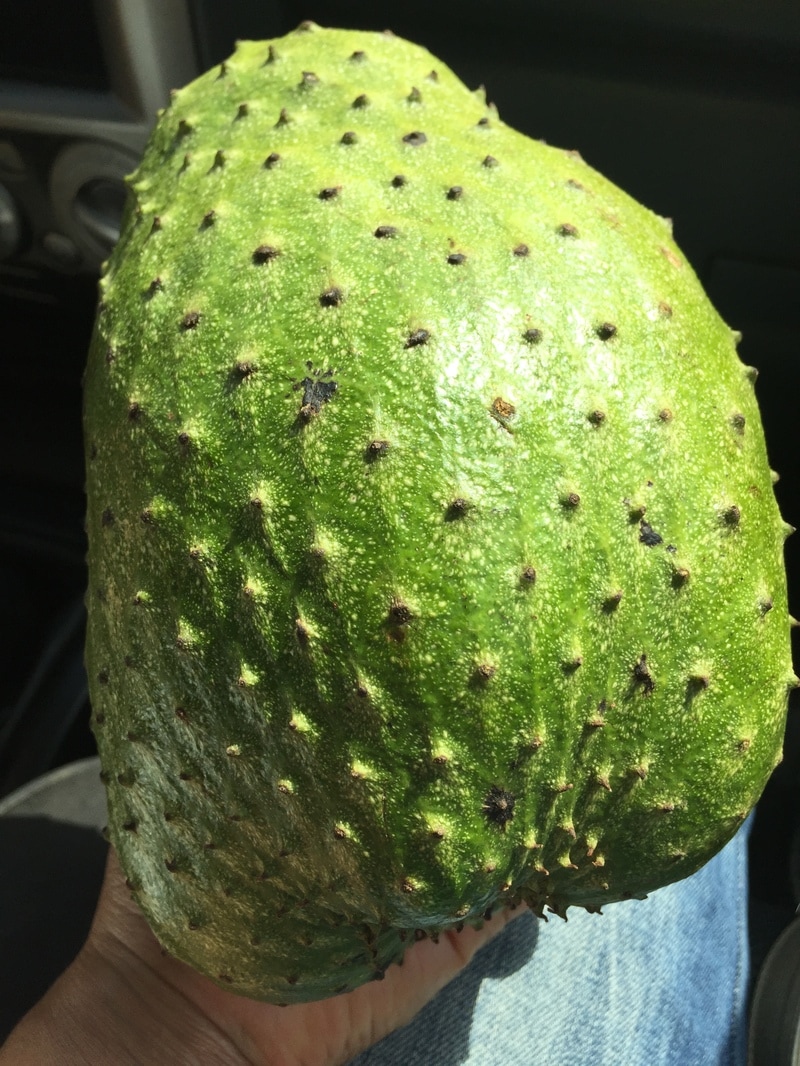
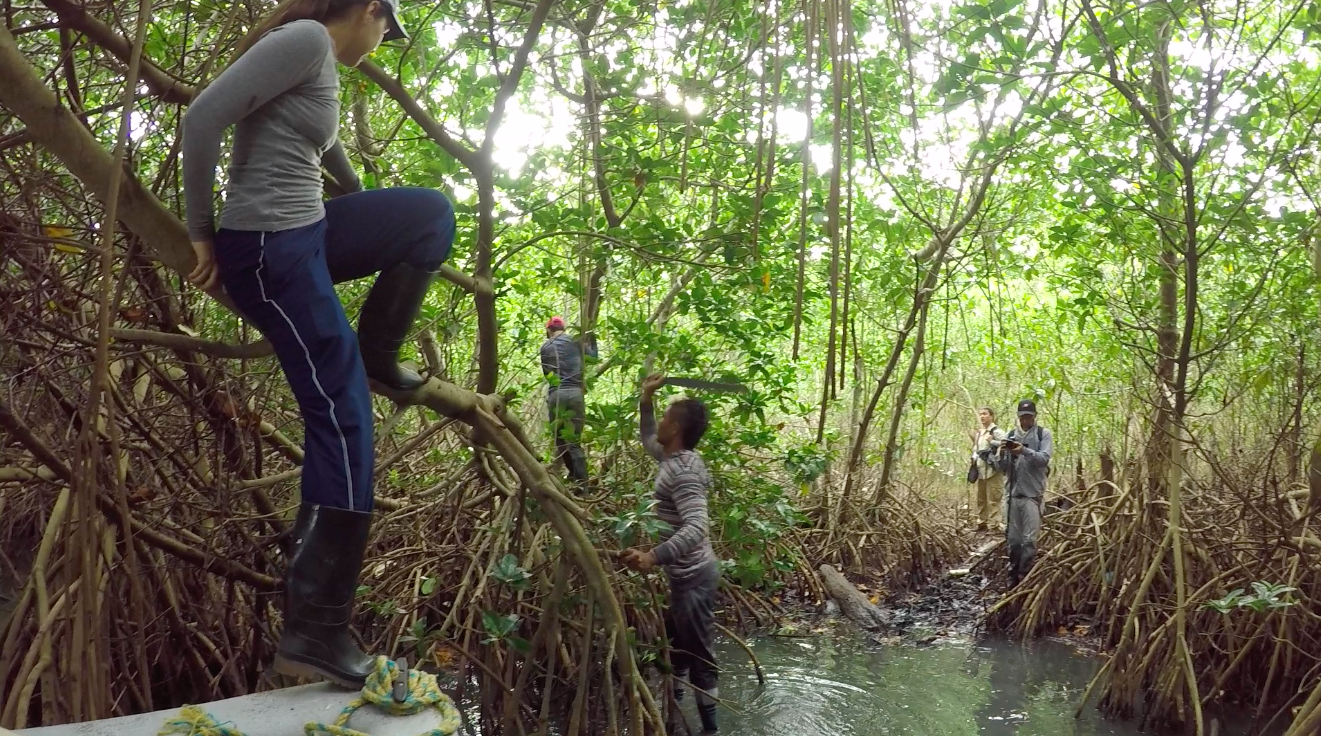
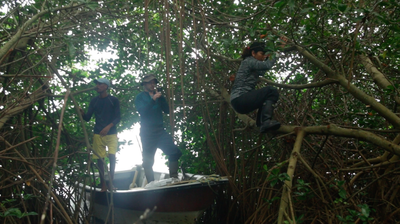
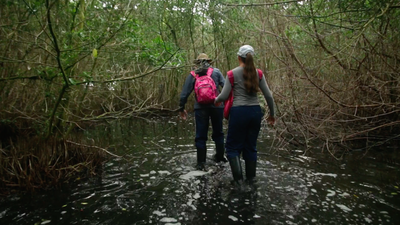
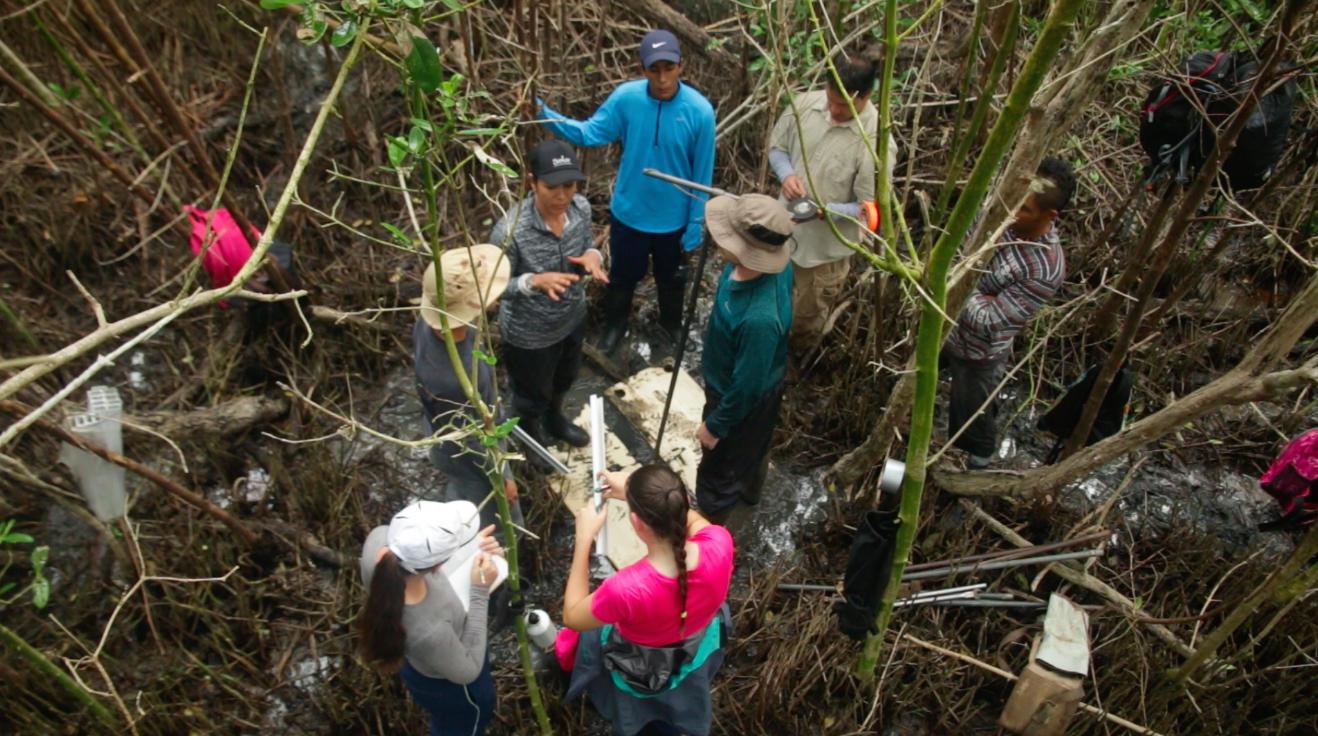
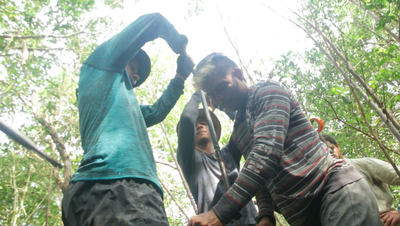
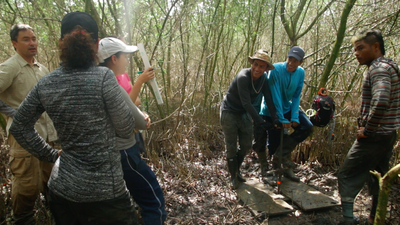
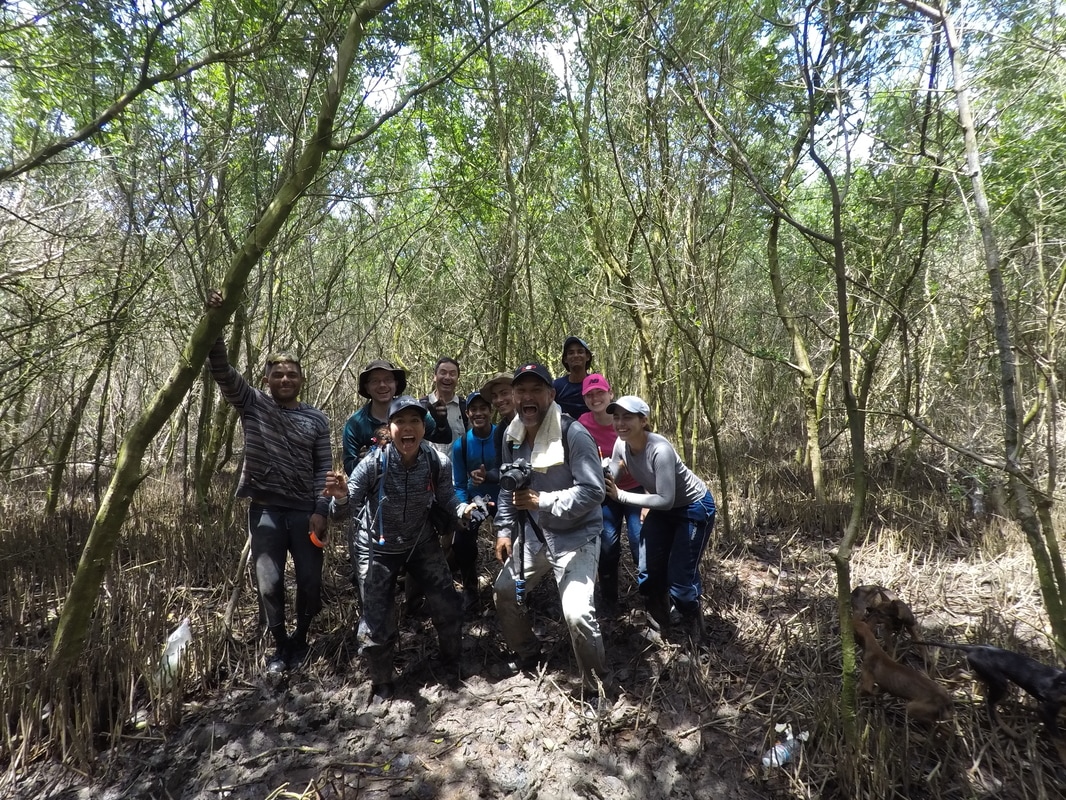
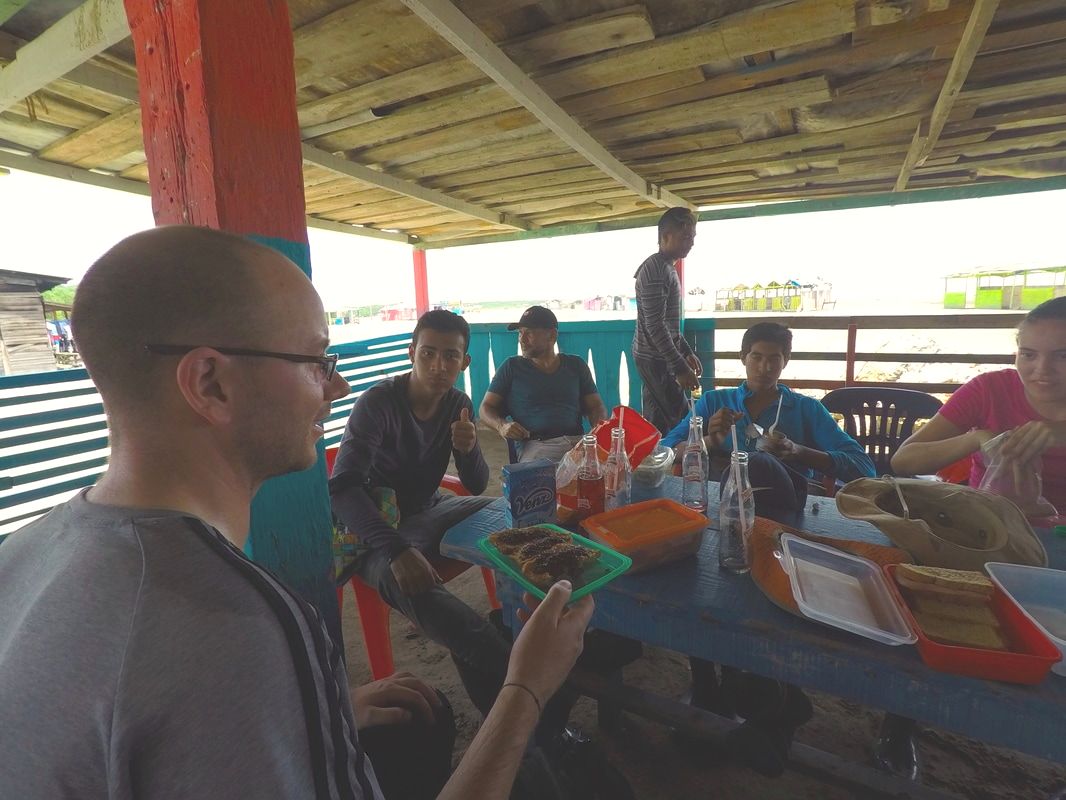
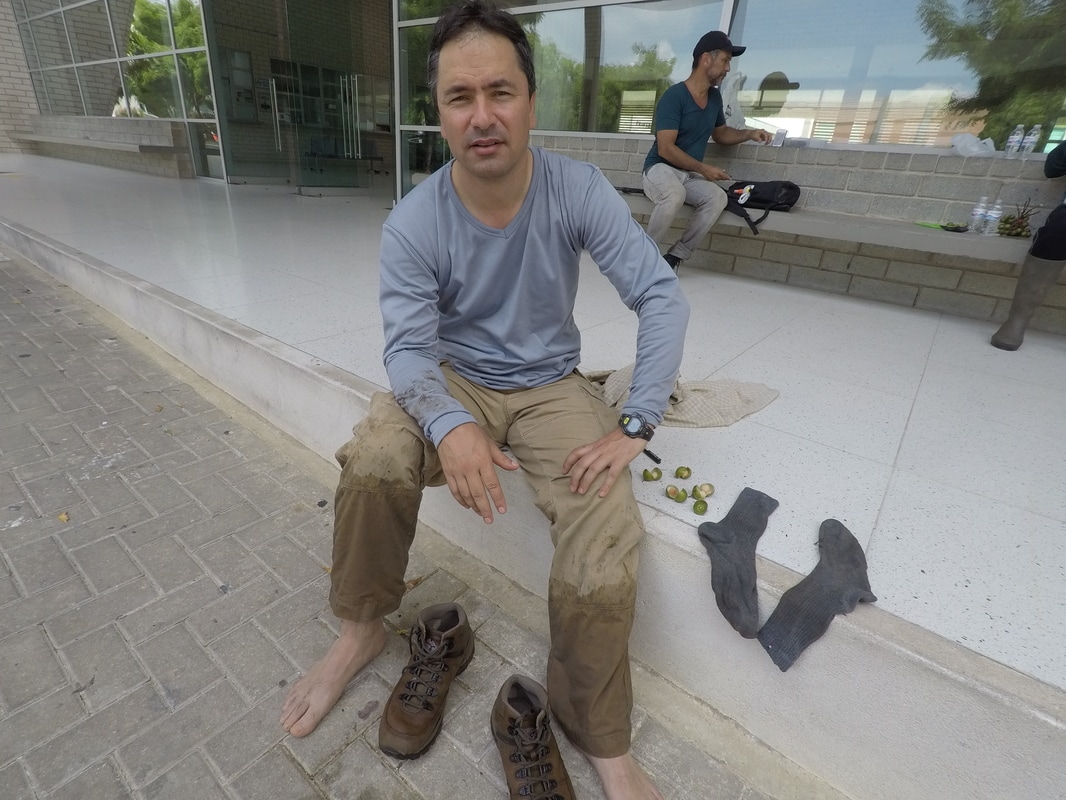
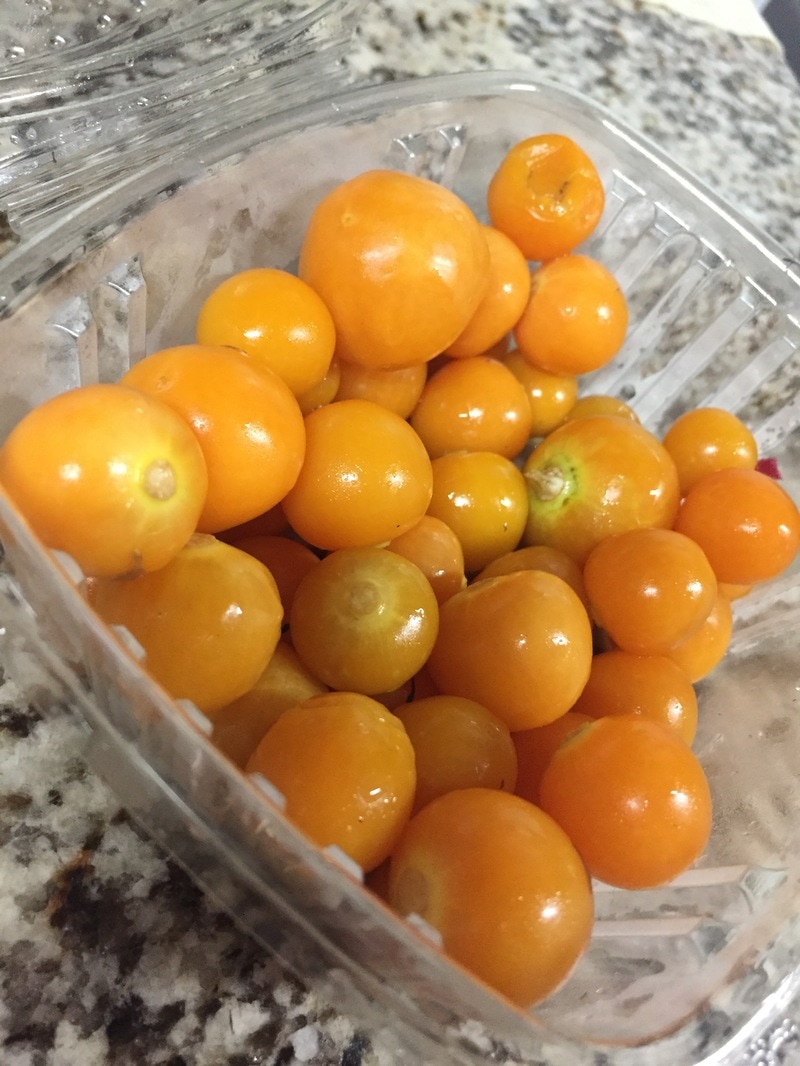
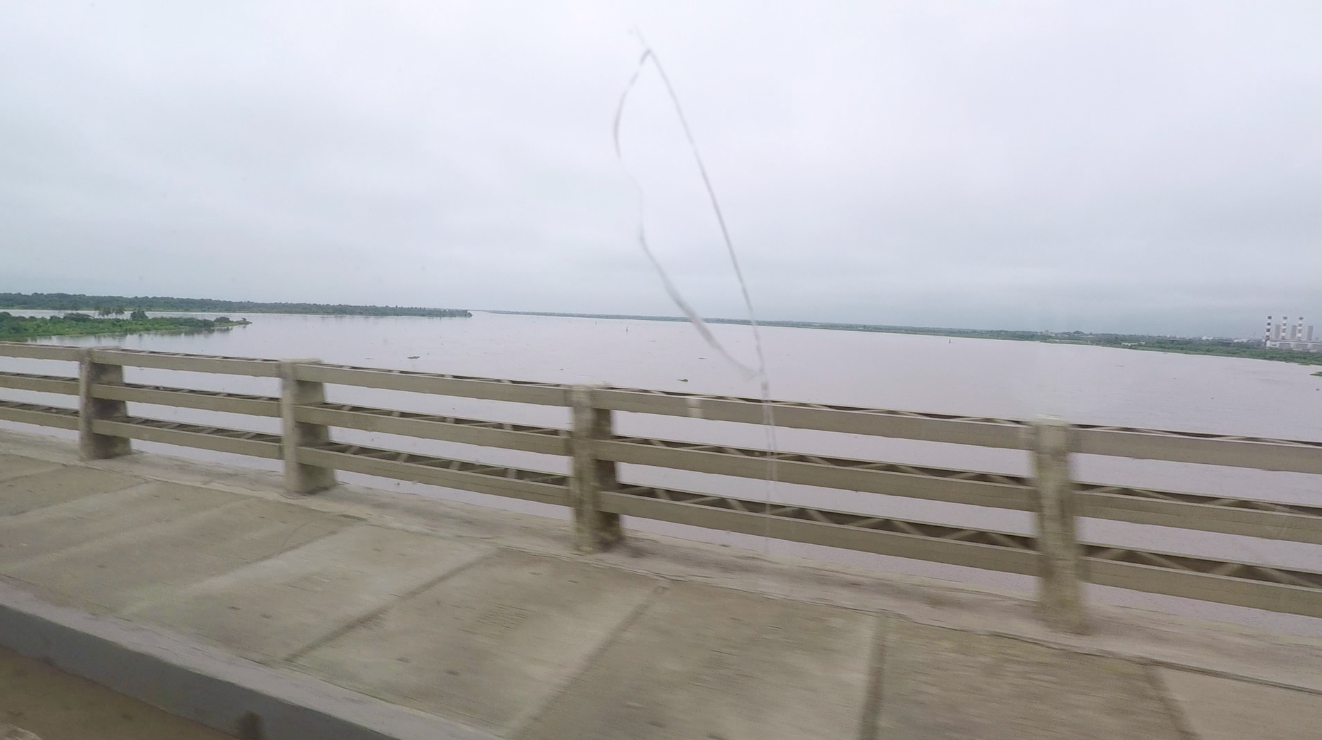
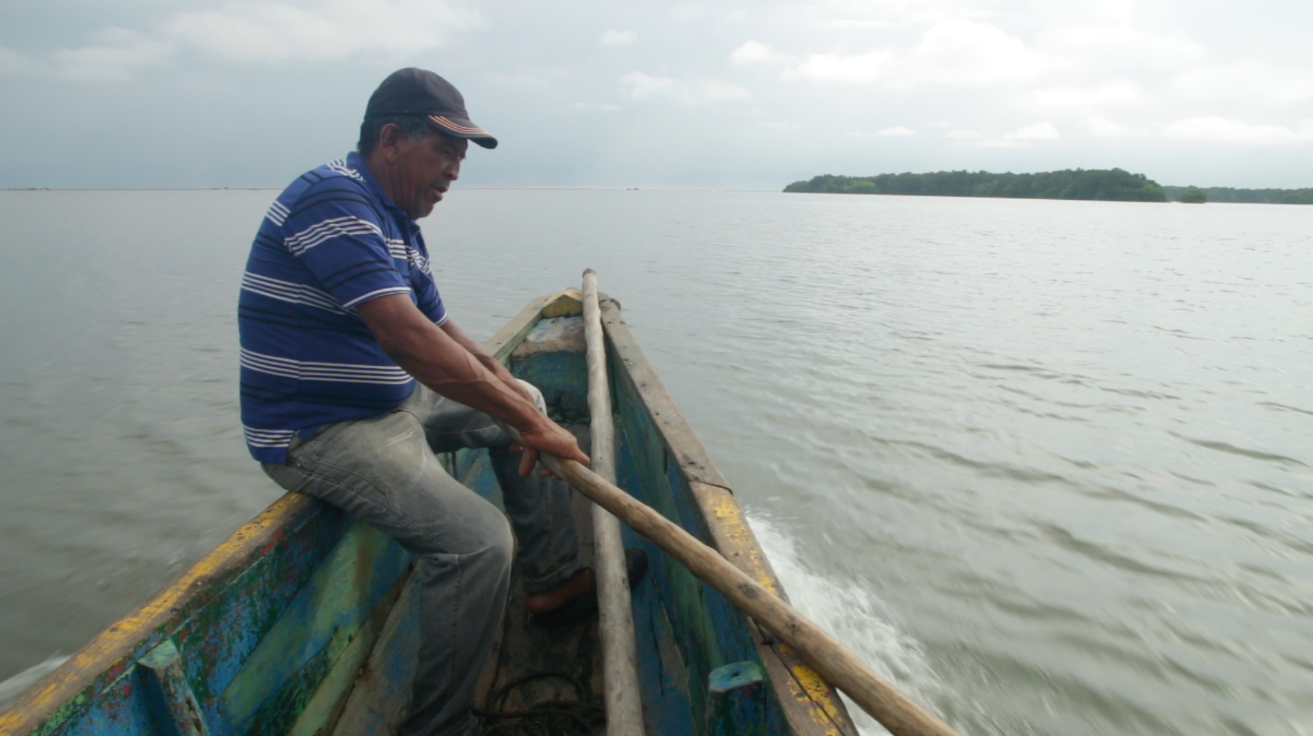
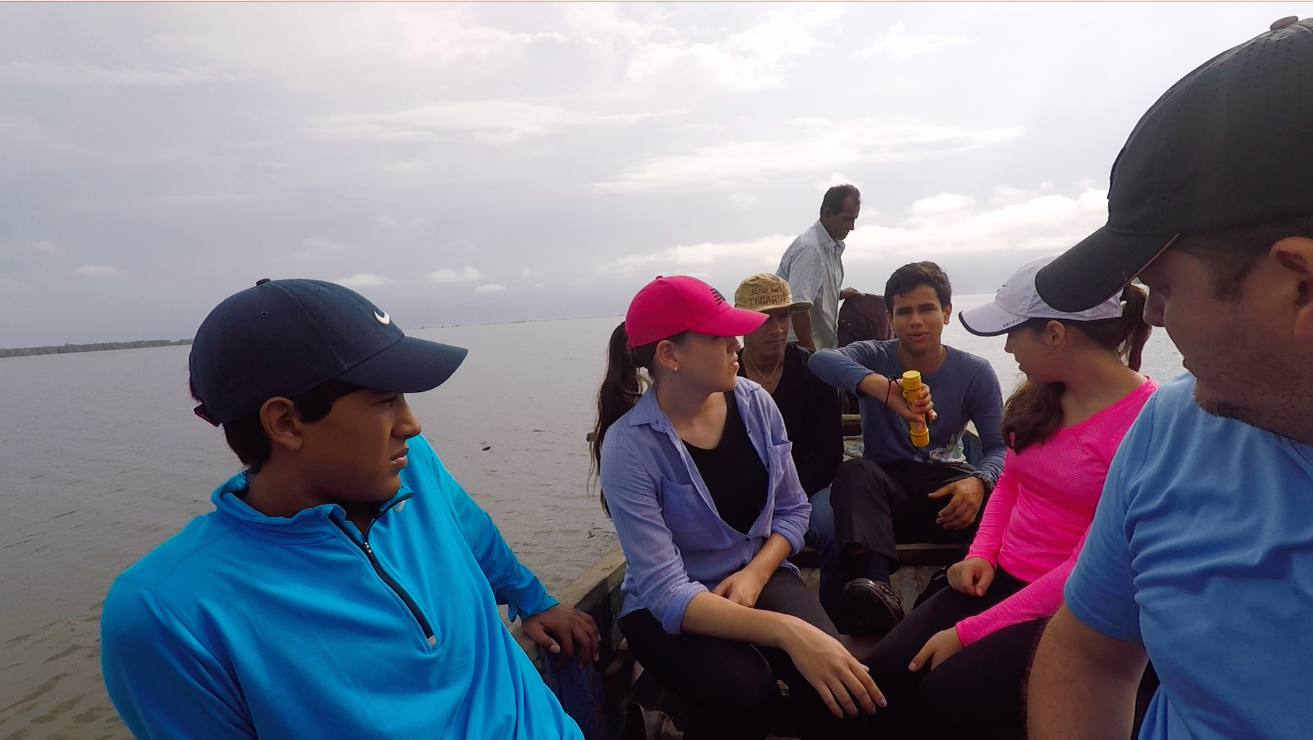
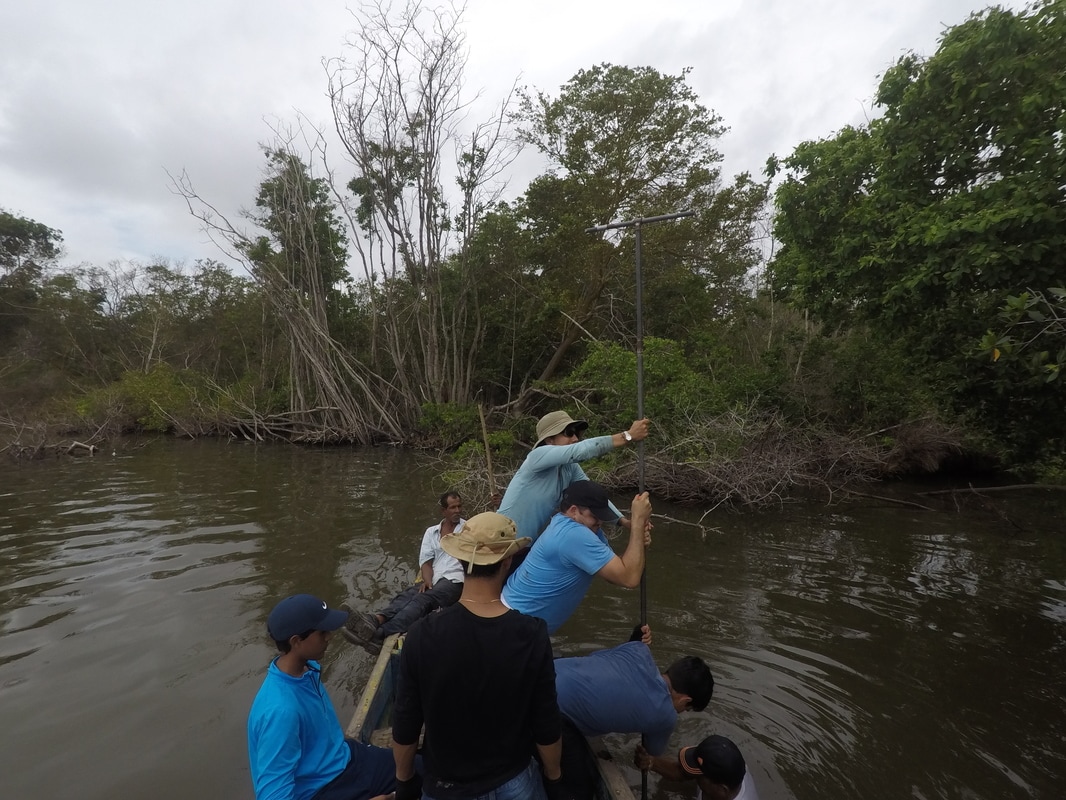
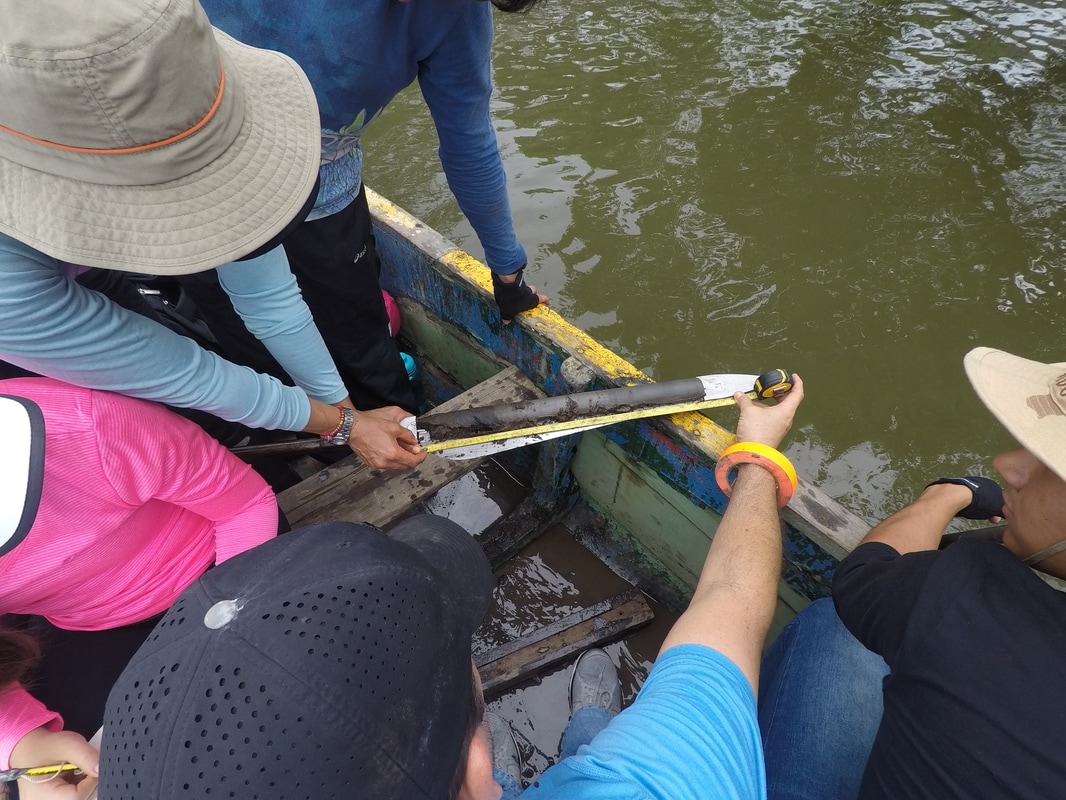
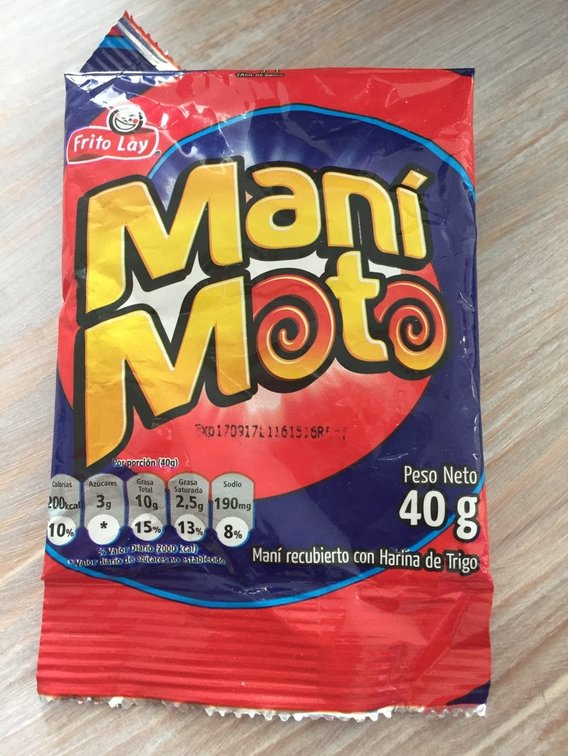
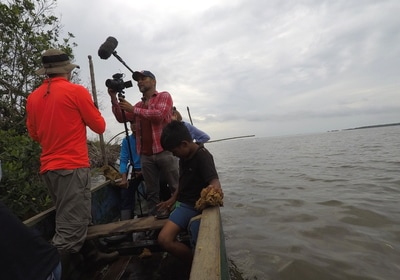
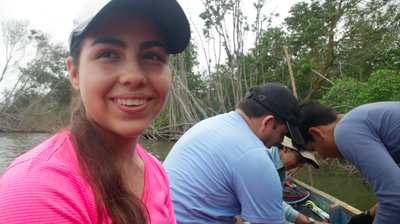
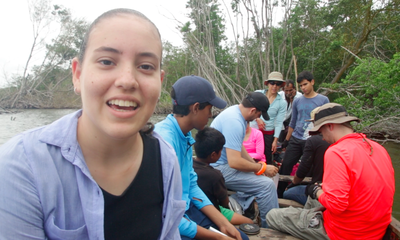
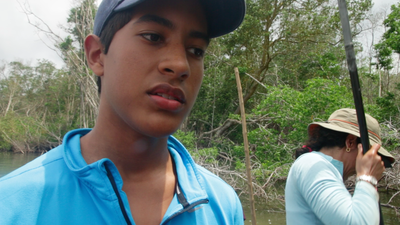
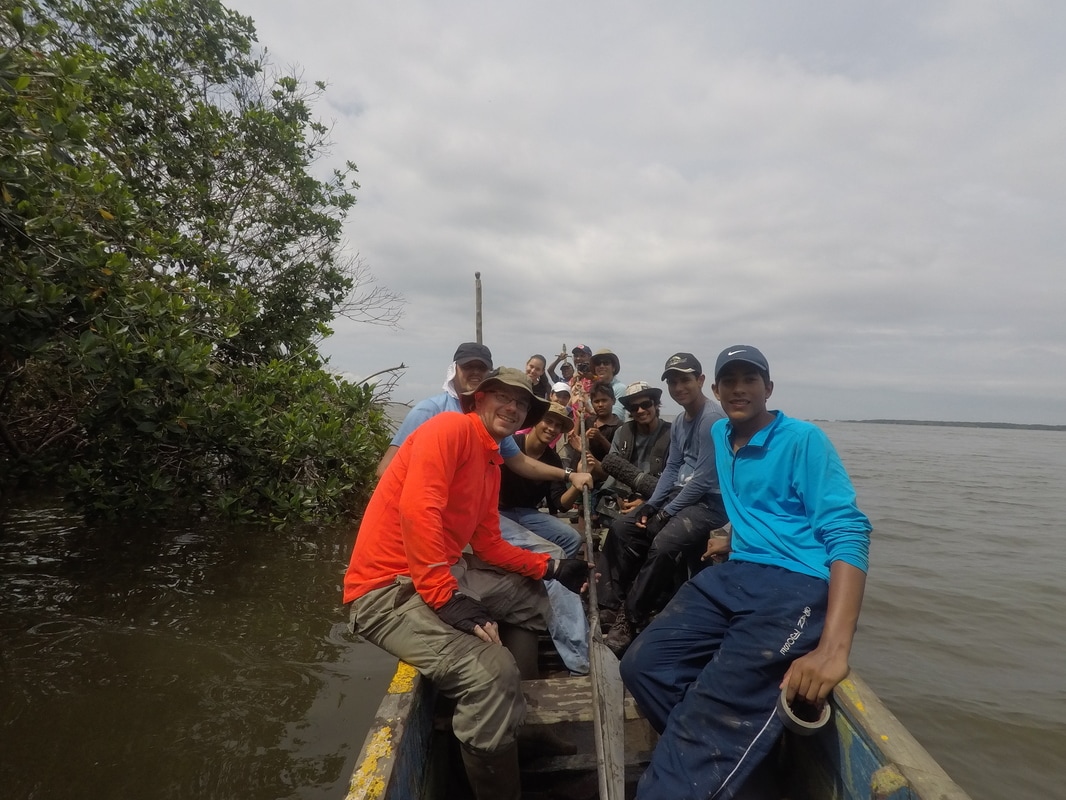
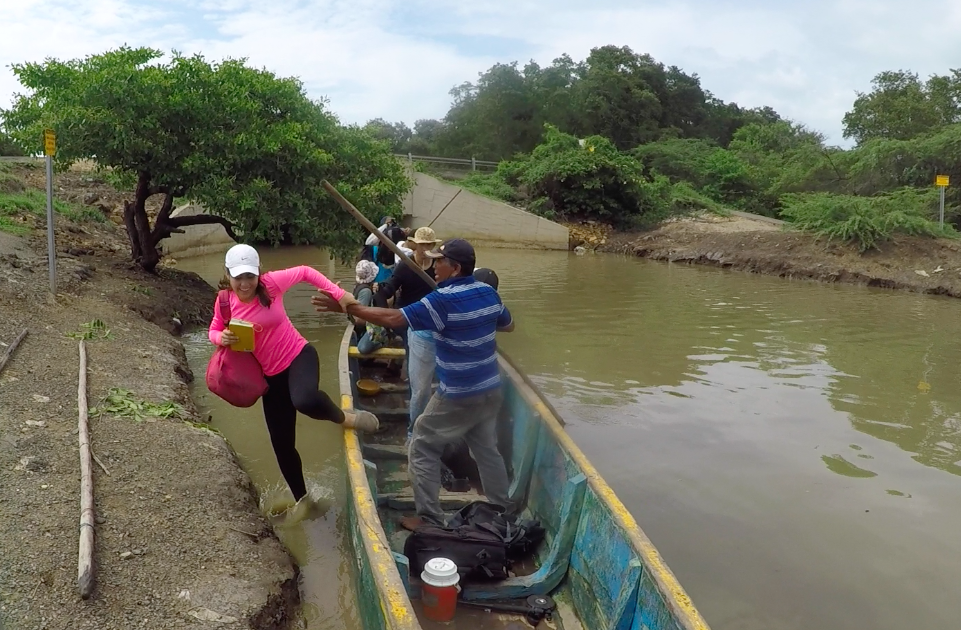
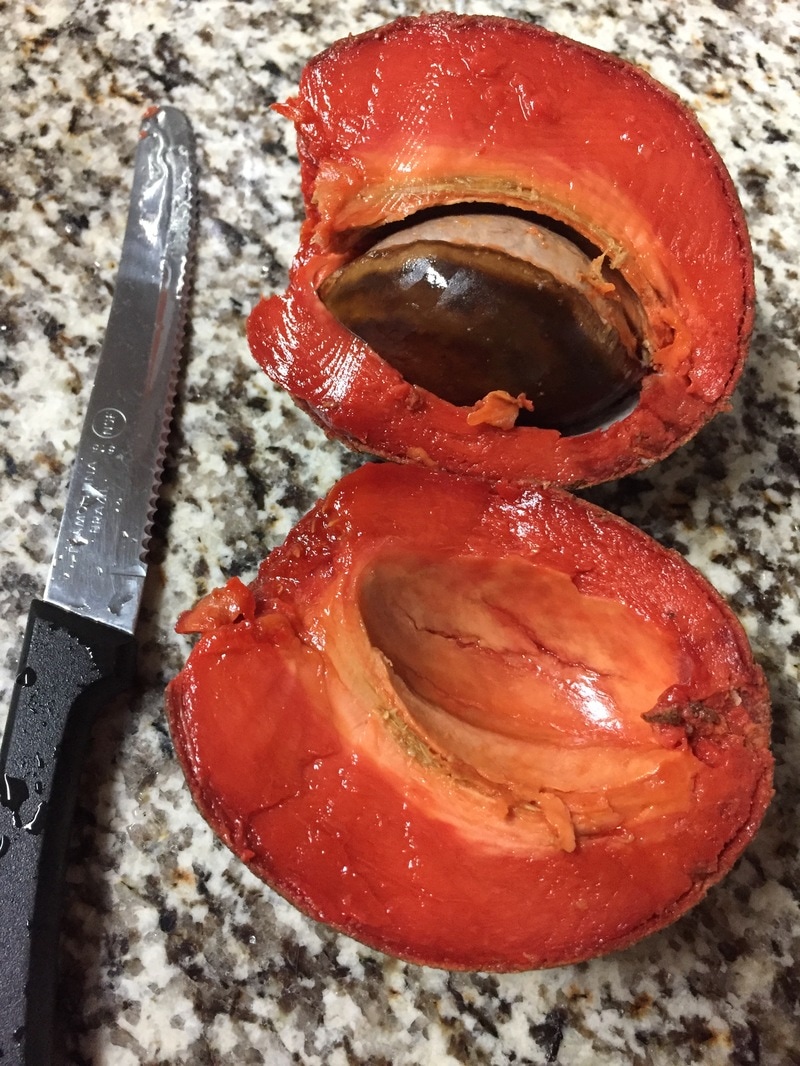
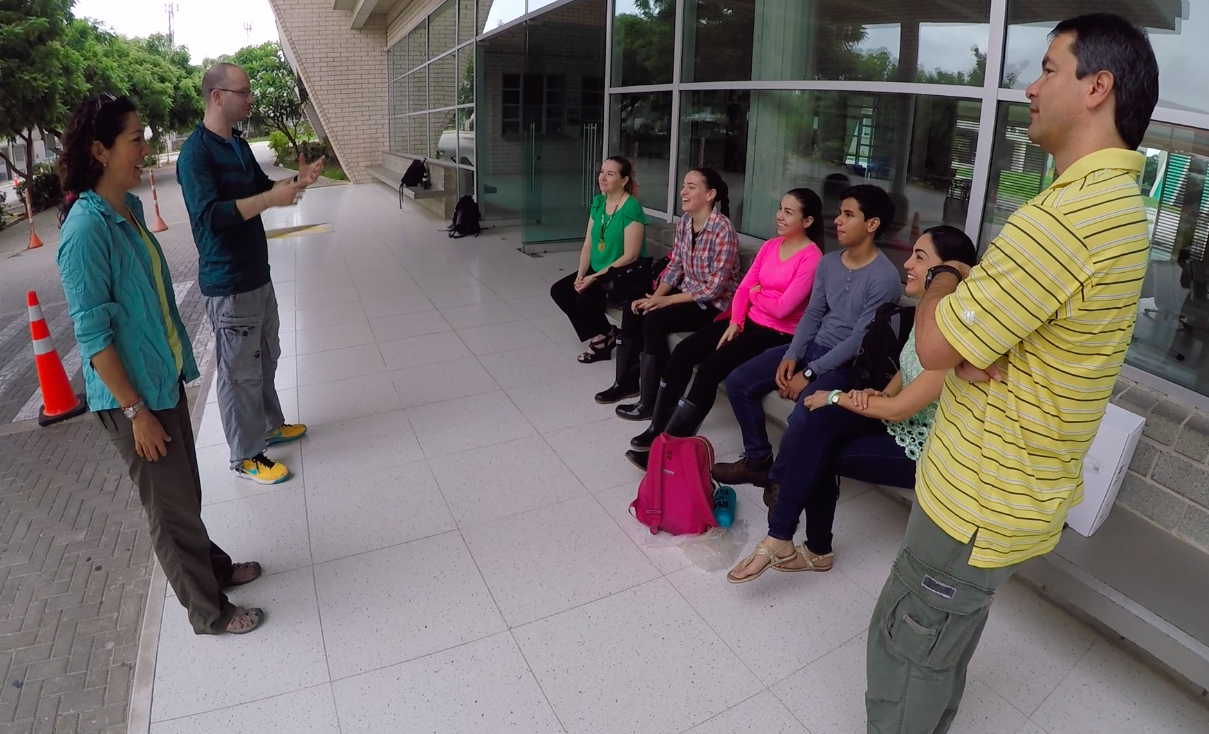
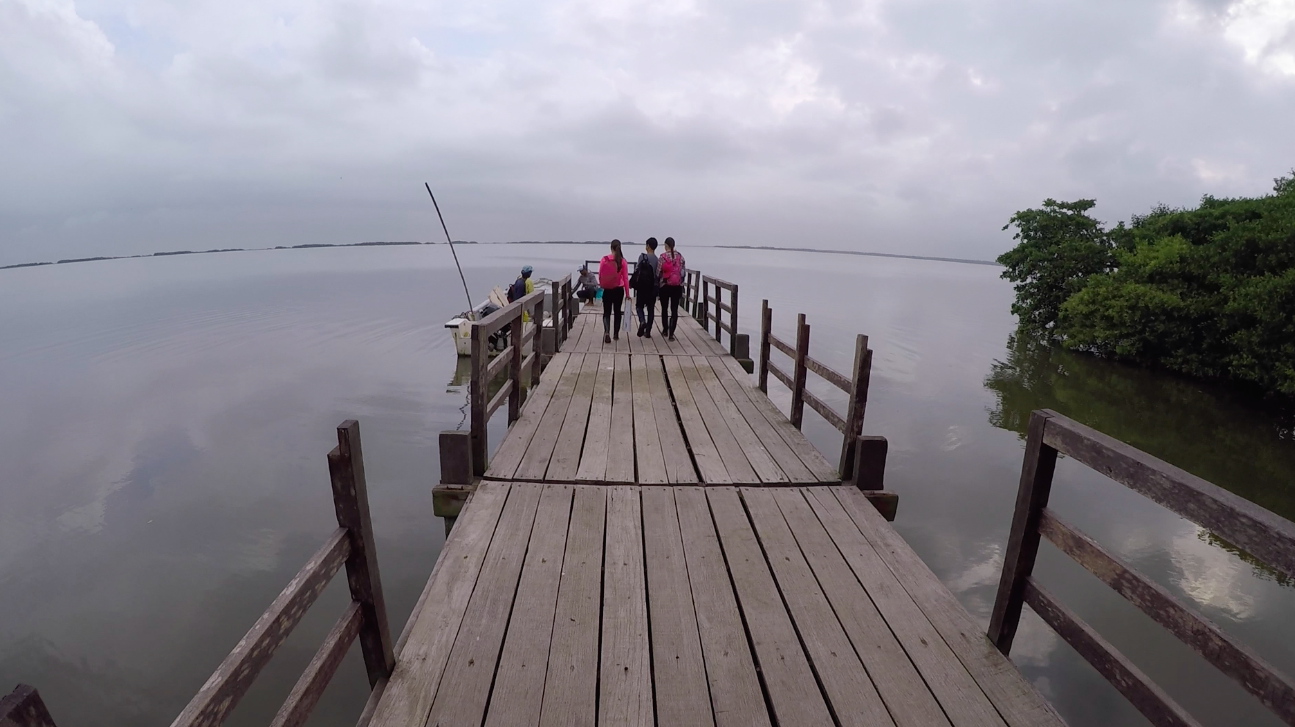
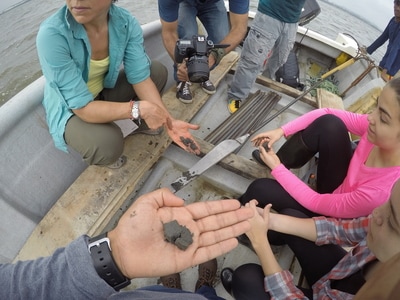
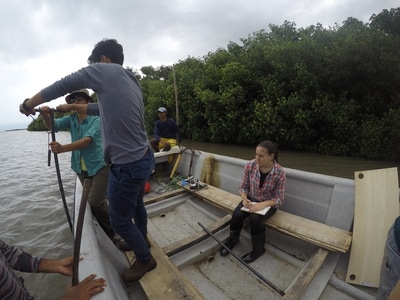
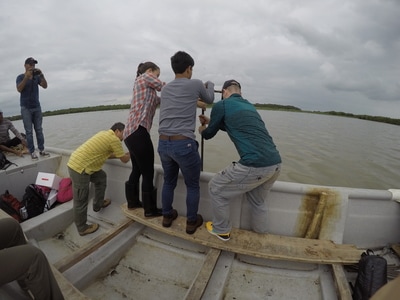
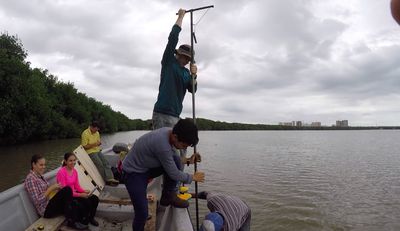
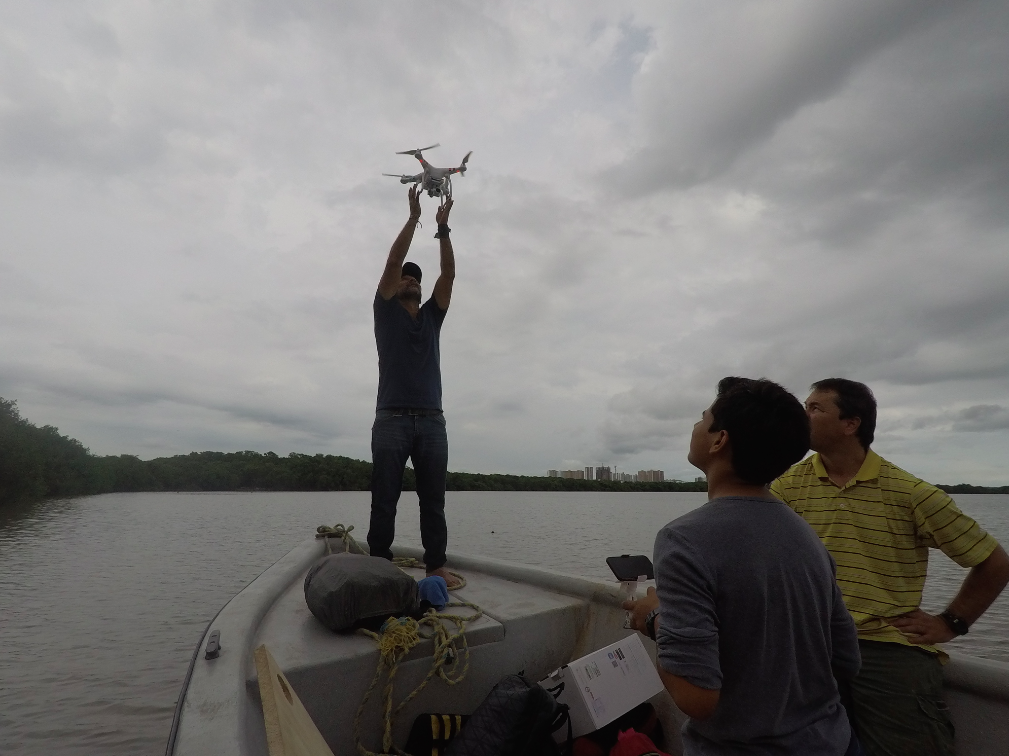
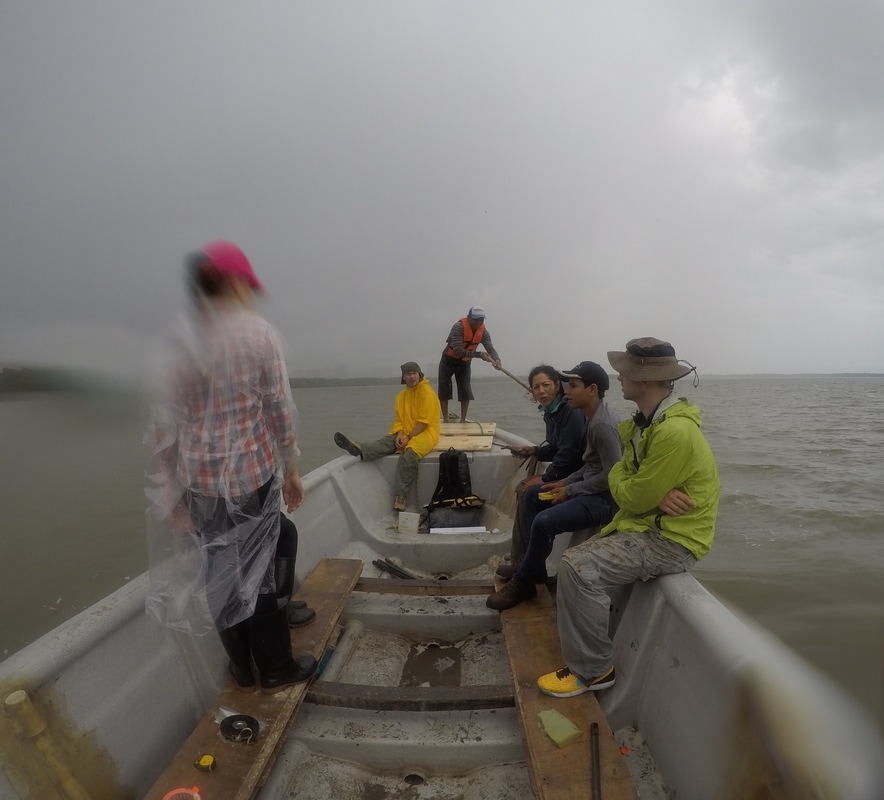
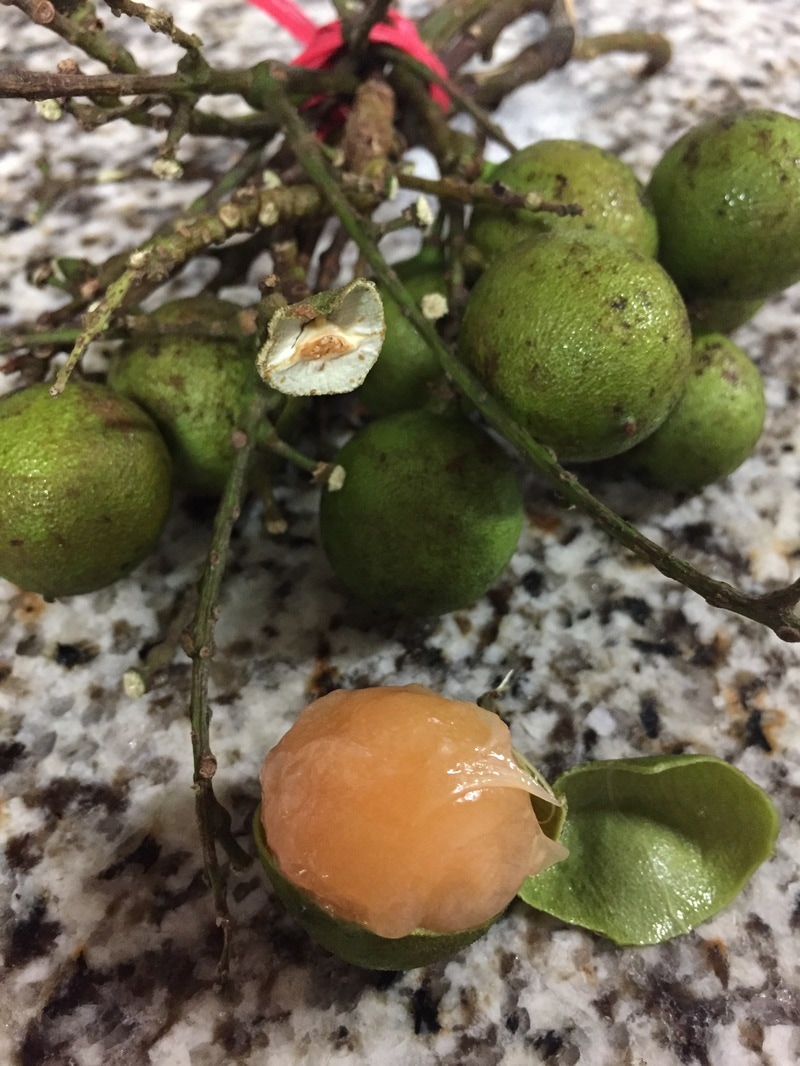
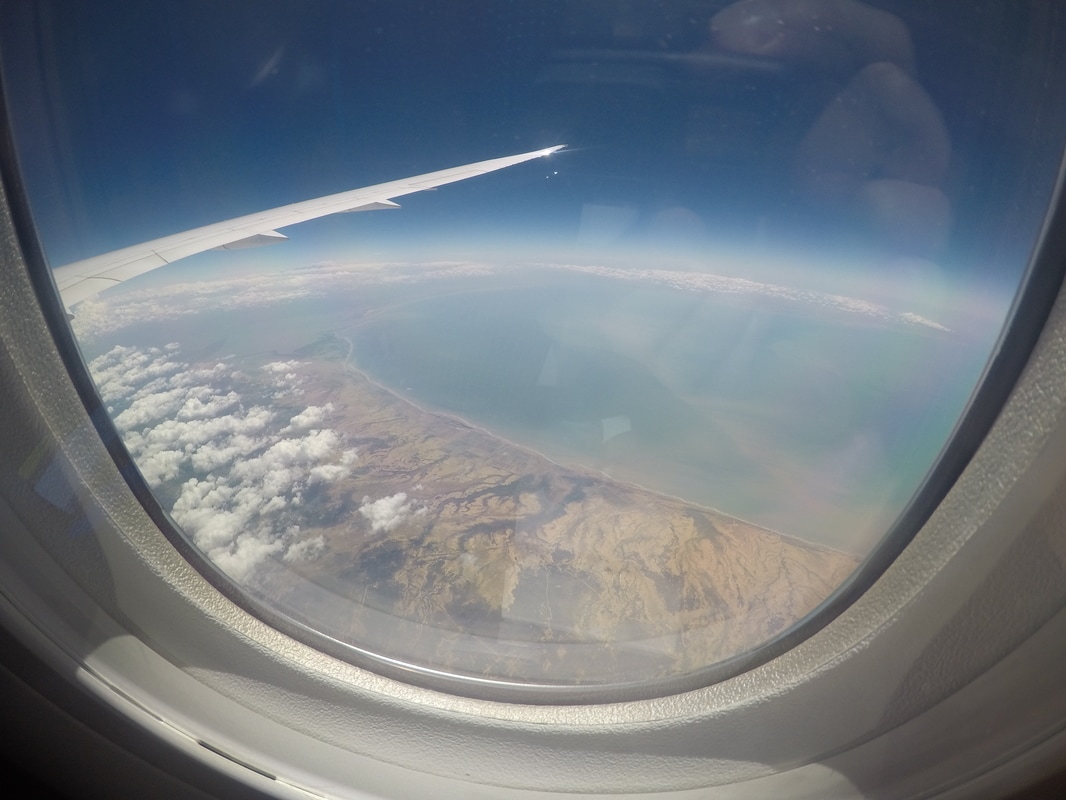
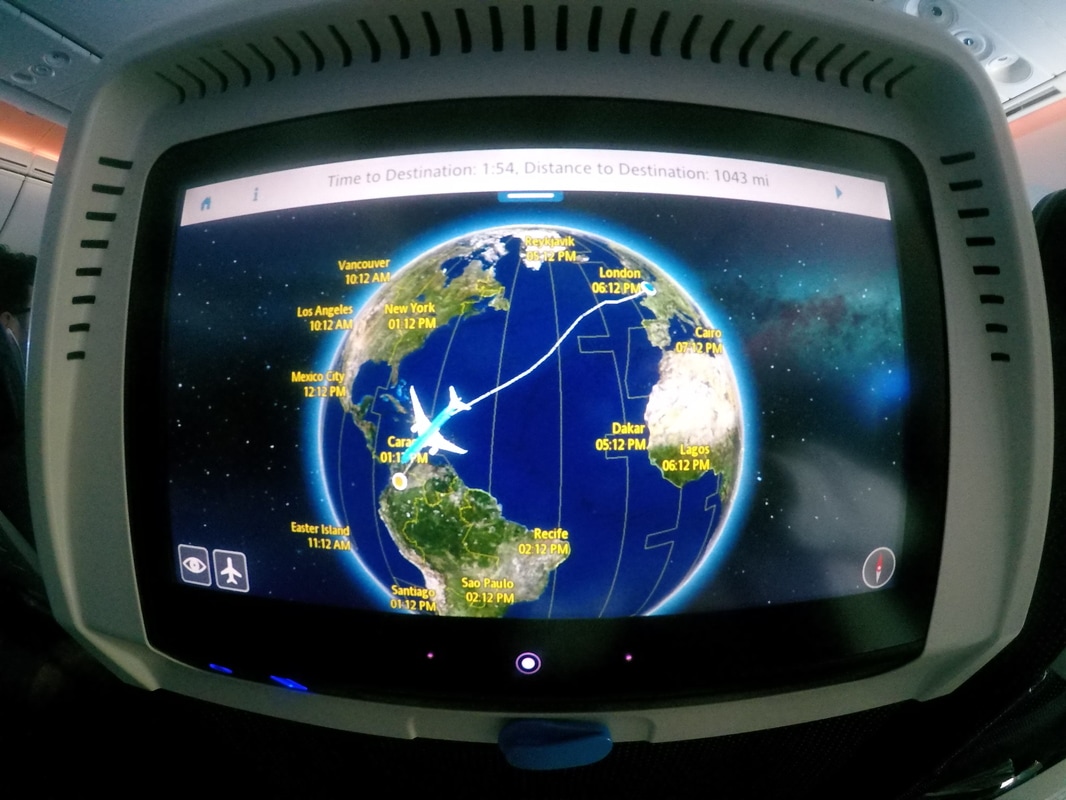
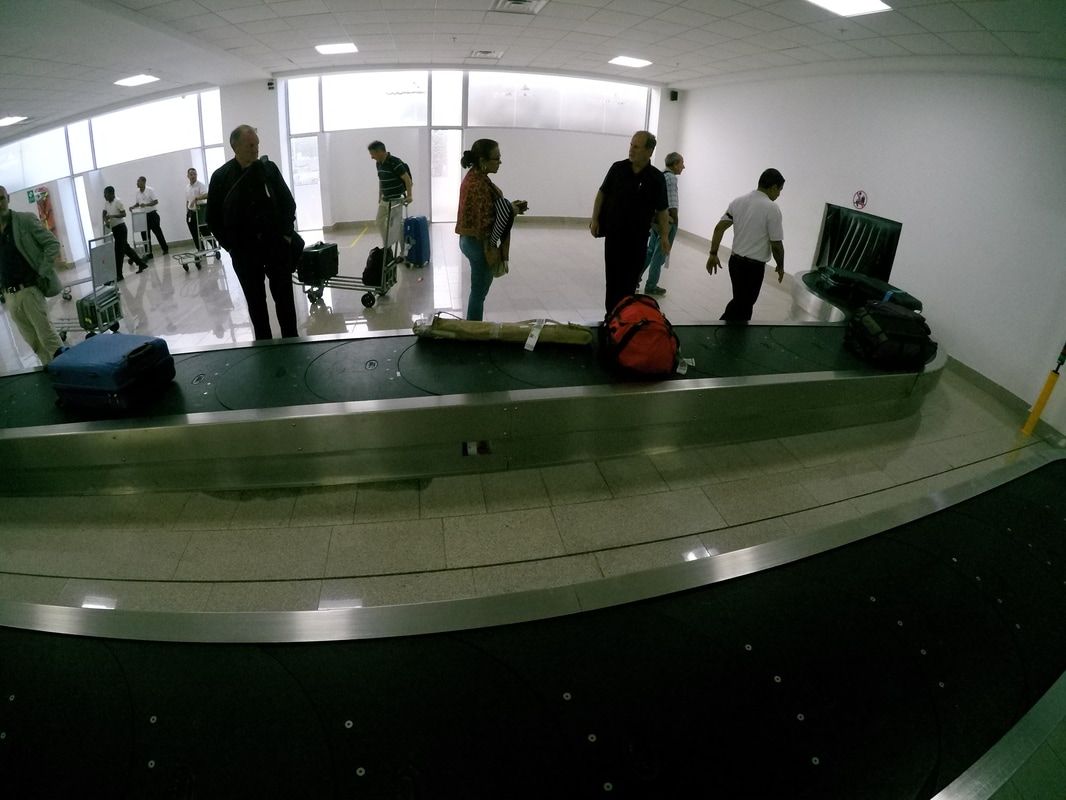
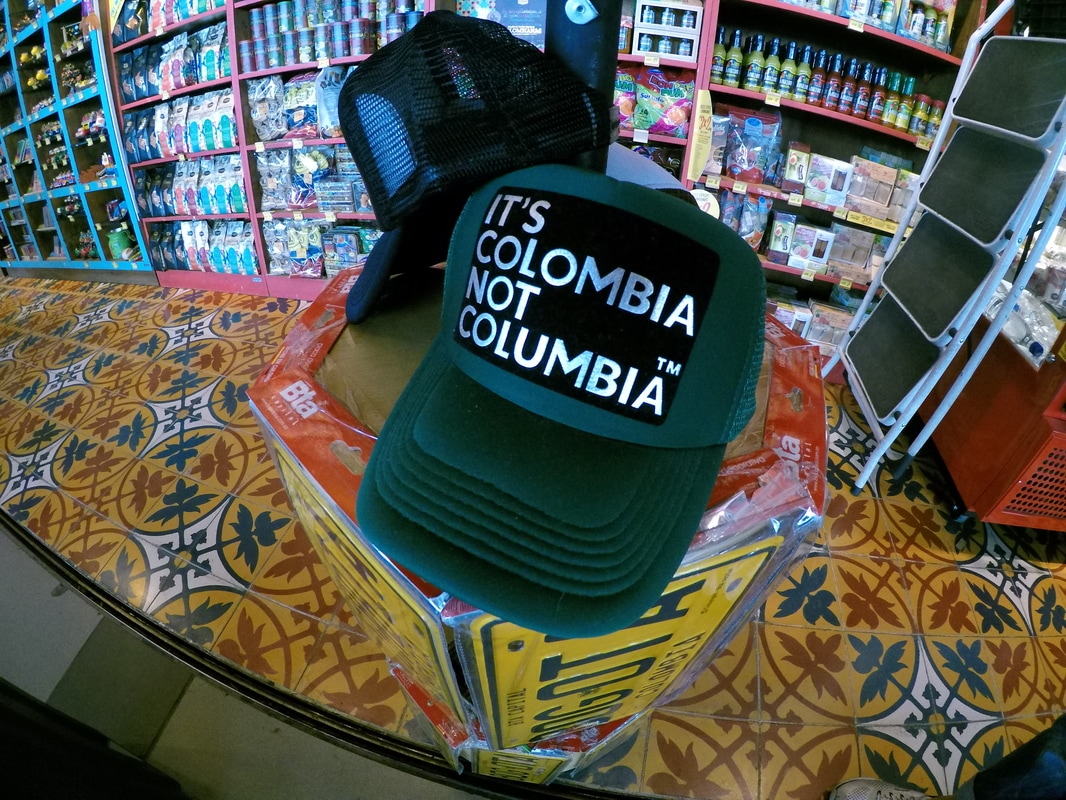
 RSS Feed
RSS Feed
